



The capital city of Lower Silesia with an international airport, major railway an bus stations, varied accommodation, superb restaurants and a host of tourist attractions. Wrocław is a good base for the Sudety Mts., its resorts, winter sports centres and rich cultural heritage.
There is nowhere quite like Mt. Ślęża in Poland. The Mt. Ślęża Massif is located about 50km north-west of Wrocław, the shortest approach being by road #35 to the village of Sobótka, the starting point for this exciting rock island. Mt Ślęża (719m a.s.l.) and the surrounding summits (Radunia, Stolna, Wieżyca, Gozdnica) are a paradise for lovers of history, archeology and geology and anyone wanting to hike some lower summits with rich vegetation and the climate of true high mountains. It is also an ideal destination for a day-trip with either children or the less physically fit. The Ślęża Massif is protected within the Mt. Ślęża Massif Landscape Park (in Polish: Ślężański Park Krajobrazowy) in addition to three strict reserves.
In the past this area was inhabited by Slovinian tribes and it enjoys a rich Neolithic history (4200-3500 B.C.). It was also a great centre for the pagan cult of the Sun (on Mt. Ślęża) and the Moon (on Mt. Radunia), and a place where pagan customs mixed with Christianity. One pagan customs that has survived to this day is the celebration of the shortest night at the turn of the 23rd and 24th of June which commemorates Saint John (in Polish: Noc Świętojańska). In the 19th century, on the summit of Mt.Wieżyca nightly Marriage Fairs were held. This custom was considered immoral and even obscene.
Tourist attractions include the villages of Będkowice, Sobótka and Jordanów Śląski.

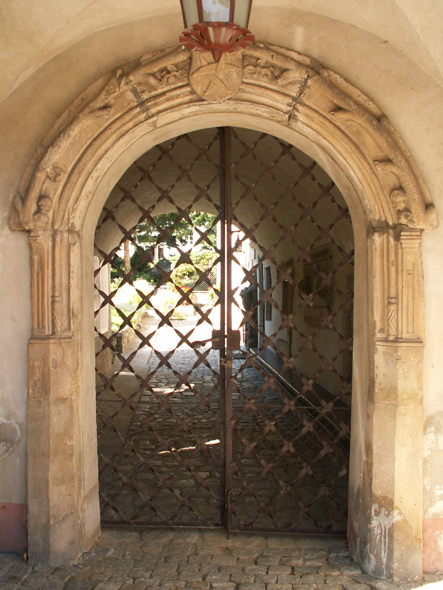
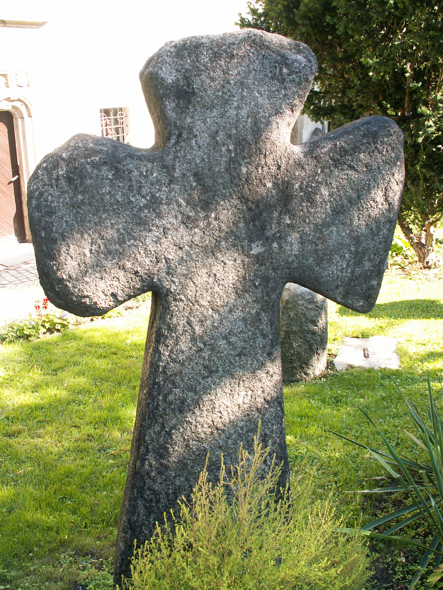



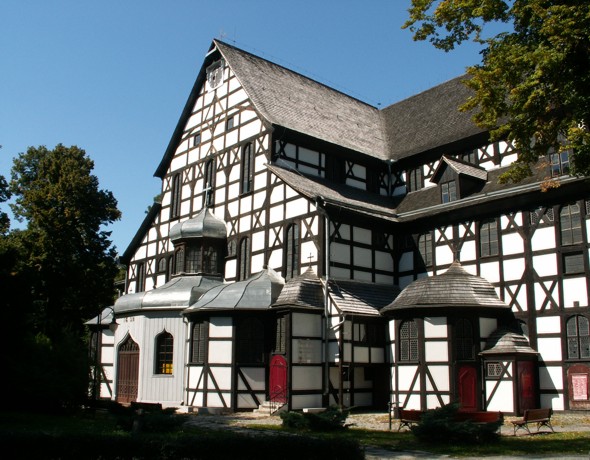







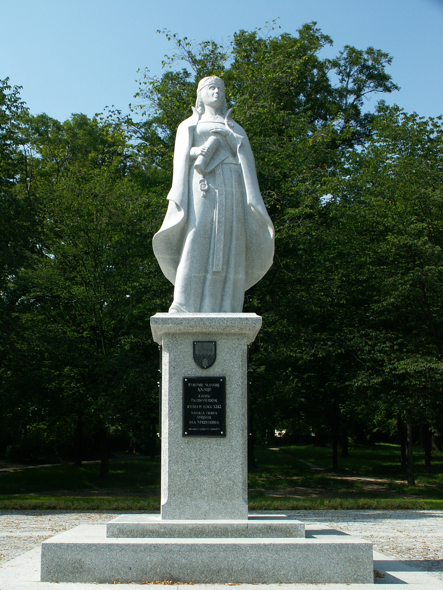
We definitely recommend a tour from Wrocław to Świdnica with a hike on Mt. Ślęża. The hike is not technically difficult but hikers should be well prepared. Świdnica most wonderful architectonical gem is the famous Church of Peace (in Polish: Kościół Pokoju) and SS Stanislaw and Wenceslas Cathedral Church (in Polish: Katadra św. Stanisława i Wacława). Both Lower Silesian Churches of Peace are enrolled on the UNESCO Cultural Heritage List. The second twin Church of Peace of this type is located in the town of Jawor.
UNESCO-Churches of Peace in Jawor and Świdnica
The visitors to Lower Silesia interested in the history of the Second World War may be interested in visiting the Krzyżowa Palace. Count Helmuth von Moltke, the descendant of Germany’s legendary 19th-century strategist, hosted and led the Kreisau Circle which was a clandestine intellectual and political salon. In January 1944 Helmuth von Moltke was arrested and to a prison located in the grounds of the Ravensbrück concentration camp.
What should be on the itinerary of every history lover is a small town called Legnickie Pole near Legnica. In 1241, the combined forces of European armies under the command of Duke Henry II the Pious attempted to halt the Mongol invasion of Europe. Unfortunately, they lost the battle and failed. Duke Henry II the Pious was beheaded and the Mongols paraded his head on a spear. The battle is commemorated with a Museum of the Battle and the Church of Saint Hedwig of Silesia, who was the mother of Duke Henry II the Pious.
Lovers of military history and war may be interested in the battle of Dobromierz (Hohenfriedberg or Hohenfriedeberg, also known as the battle of Striegau). The Second Silesian War took place from 1744 to 1745. The Austrians had lost Silesia to Prussia (the Battle of Mollwitz). The battle of Dobromierz was one of the crowning achievements of Frederick the Great. Frederick’s Prussian army defeated an Austrian army under Prince Charles Alexander of Lorraine on 4 June 1745.

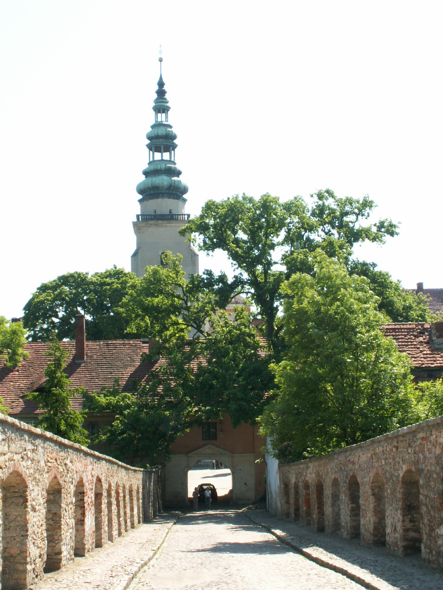
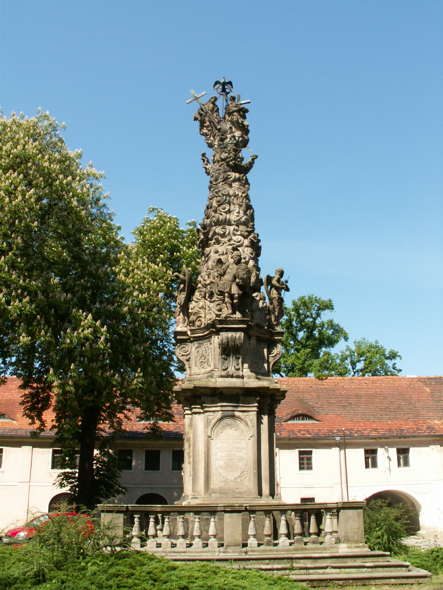

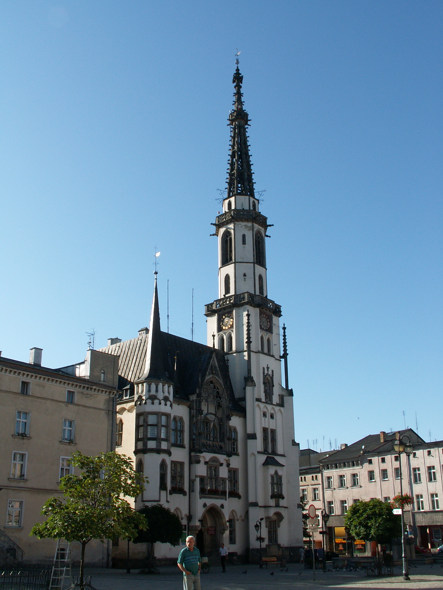

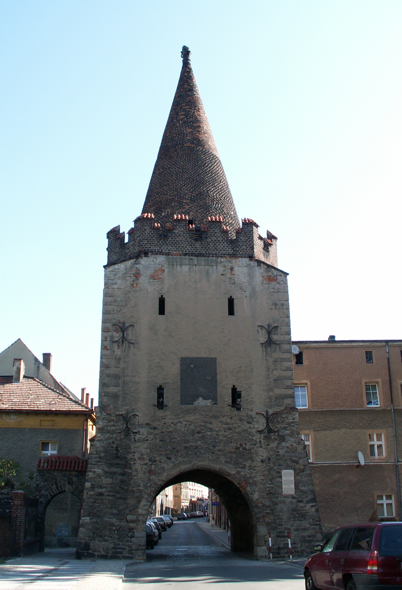

If you seek peace off the beaten track, are hungry for heritage or just enjoy hill walking, then the area around the towns of Strzelin and Niemcza is the place for you; lovers of geology and archaeology are well provided for too. This area is home to some of the oldest Silesian villages, villages whose names may be found in the earliest documents, many of which are home to small and precious chapels and churches with extraordinary decoration and exteriors, not to mention a host of natural curiosities, such as the never freezing spa in the village of Ciepłowody. All you need is a car, a camera and comfortable shoes to explore at length and in-depth the international history of this land.
Strzelin is the best starting point for hill walking, Gromnik hill being located nearby for example, and it is a great base for nature lovers too as a number of nature reserves are located in the area. Niemcza has incredible double defensive walls and several interesting churches to see. In addition, you may find the name of the town in Polish history textbooks as the site of a renowned defence against German troops in 1017. If flowers or nature photography are your passion, visit the village of Wojsławice to see a most remarkable Arboretum abloom with colourful rhododendrons, azaleas and rare trees; the best time to come is May.
this area also offer the colourful underground tourist trail to the Nickel, Chrysoprase and Opal Mine located in a small village of Szklary.
For those needing spa treatment, this area offers the petite and peaceful spa resort of Przerzeczyn-Zdrój, the smallest in Poland. The resort takes in patients with rheumatological diseases, degenerative conditions, neuralgia, osteoporosis and post-traumatic conditions, although the climate is also beneficial for patients with upper respiratory tract problems. Przerzeczyn is well-known for the flavour of its mineral water, something worth trying during your stay.
Explorers in cultural heritage should make their way to the town of Henryków (55km from Wrocław) to see the Cistercian Abbey, and to the village of Brukalice (1km from Henryków) to see a granite monument of the 700-year-old Book of Henryków (in Polish: Księga Hennrykowska) commemorating the first sentence written in Polish.
The Book of Henryków is small but precious book written in Latin in the 14th century by two German Cistercian monks. It describes living conditions, laws and customs, as well as the properties of the Cistercian convent and relations between the ruling duke and his servants. It also provides the first written Polish sentence „day ut ia pobrusa a ty pocziwai”, which may be translated as „let me grind, you take some rest”. The sentence was recorded as having been said in Polish, in the village of Brukalice by a Czech farmer (or knight) named Boguchwał to his Polish wife, a fact also mentioned in all textbooks on Polish language and literature. The book is stored in Wrocław Diocesan Museum.
Henryków lies on the course of the European Cistercian Trail, which also passes through the Lower Silesian towns of Lubiąż (1175), Trzebnica (1202), Krzeszów (1292), Henryków (1222), Kamieniec Ząbkowicki (1239) and Bardo Śląskie (1247). The dates of the Cistercian Abbeys foundation are shown in the brackets.

The former German name of the town of Ząbkowice Śląskie is Frankenstein. The name Frankenstein appears in the work “Frankenstein or Modern Prometheus.” written by the English writer Mary W. Shelley in 1816. Its first edition appeared anonymously in 1818.



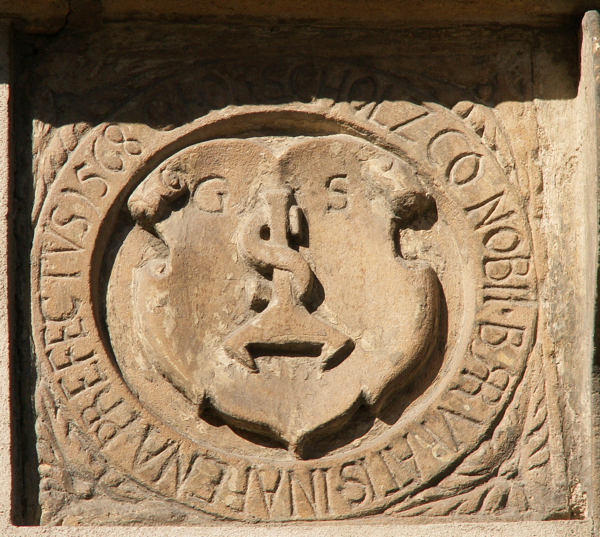
Archaeology. History. Old beliefs. Lapidarium

Wojsławice

Kamieniec Ząbkowicki

Świdnica
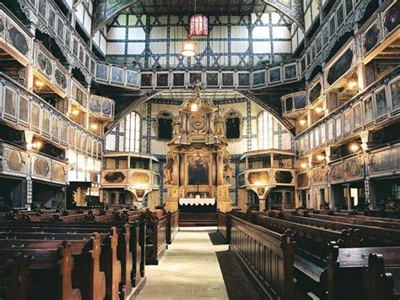
Jawor

Jaworzyna Śląska